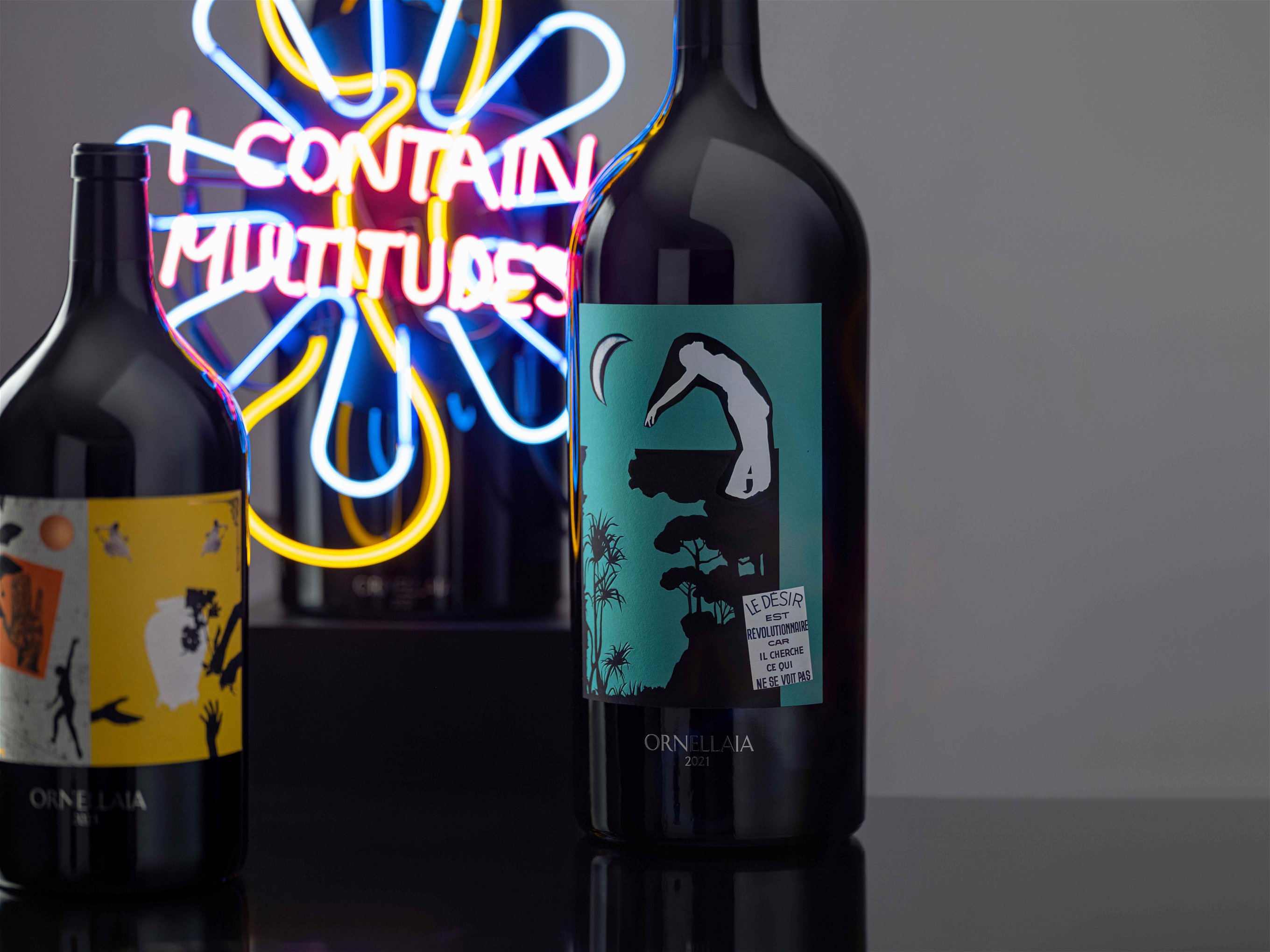Tasmanian Chardonnay: So Cool It’s Hot
Think you know all about Australian Chardonnay? Well, be sure not to overlook Tasmania, home to a small but very distinguished collection of still Chardonnay with a cool character all of its own.
If you want to push the limits, then it helps to head to the edge of the world. That’s certainly how it feels in Tasmania, 150m/240km off the southern coast of mainland Australia and on the same cool latitude as New Zealand’s South Island, but with a climate, geology and wines like nowhere else on earth.
Although vineyard cultivation here pre-dates many major wine regions of Australia, Tasmania’s bracingly cool climate scared off modern commercial viticulture until a pioneering revival in the 1950s. Today the state produces about 12.5 million bottles annually, representing a tiny 0.5% of Australia’s total volume but a striking 2% of the country’s value. Forget big brands and cheap plonk: Tasmania is all about small producers and top quality.
It’s also, for most people who have tried a wine from this corner of the world, primarily about sparkling wine. That’s a sensible strategy in a region this cool with serious quality ambitions, but keep your eyes peeled for the small but exciting selection of Tasmanian still wine. As with the fizz here, Pinot Noir and Chardonnay are the key ingredient behind many of the finest examples.
Indeed, one of Australia’s most famous white wines, Penfold’s Yattarna, has for many years used Tasmanian Chardonnay as a major part of its blend. Another Australian wine giant, Hardys, relies heavily on Tassie fruit for its top white, Eileen Hardy Chardonnay.
Many other mainland producers would surely like to take advantage of the fresh, vibrant grapes grown here, where a long, cool growing season brings complexity without soaring sugar levels. These days however, there’s very little fruit going spare, such is the demand from Tasmanian producers and their increasingly enthusiastic customers.
Quality may be high already, but Tasmania’s wineries are still busy discovering and refining the distinctive characteristics of the state’s various wine growing areas. Although for now the only official GI (Geographical Indication) is Tasmania, seven sub-regions have been identified along the island’s relatively dry north and eastern coast, each with its own personality.
For more fruit-forward, friendly richness, look to the fertile soil of Tamar Valley on the north coast. Despite the often bracingly wet and windy conditions here, this is also one of Tasmania’s warmest regions and has long been responsible for much of the island’s wine output. But it’s well worth exploring along the sunny, drier East Coast region right down to the south-eastern corner near the state capital Hobart. Here the dry conditions of Coal River Valley have a shorter history of grape growing but are rapidly becoming associated with some of Tasmania’s most precise, elegant wines.
For all these sub-regional differences, it’s impossible to miss that unifying streak of refreshing acidity that makes this Australian outpost such an invigorating place to explore.














